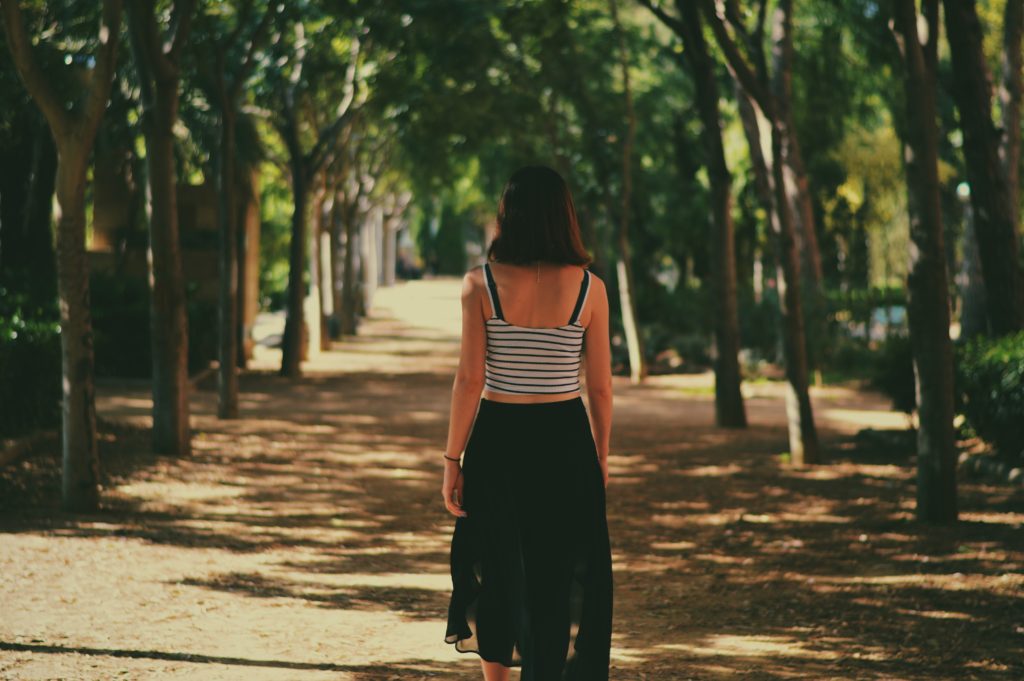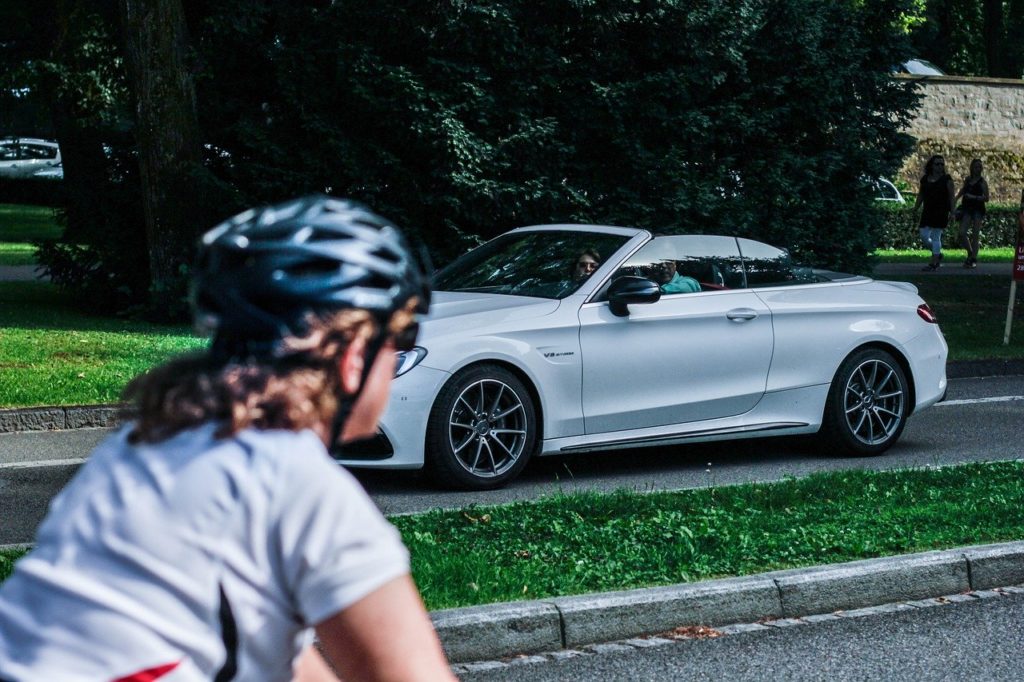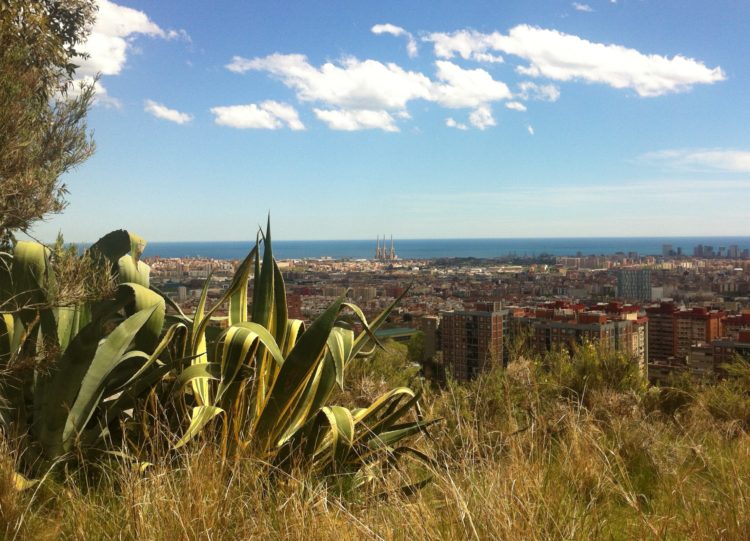Green ambitions for Barcelona
In recent years, the Catalan capital of Barcelona has been revealing and implementing plans to expand the green lungs of the city and improve the city’s air quality. Eco-friendly Barcelona could be just around the corner.
The current Covid-19 pandemic and subsequent lockdown of the entire country has done a lot to help improve air quality in the country’s biggest cities, but what happens when things get back to normal, do we just let the levels rise again? The answer is no. Many believe that Barcelona may have relatively good air quality, after all, it has sea air, a city park and trees dotted all over, right? Well, according to the European Union its normal level is just not up to standard.
The EU has clearly defined air quality standards in line with the WHO’s recommendations. Unsurprisingly, Spain’s capital city, Madrid, as well as Barcelona are where the worst air pollution levels can be found within the country. This is caused by concentrated traffic which has, in turn, produced nitrogen dioxide levels which occasionally creep above the EU’s acceptable levels. In January 2018, the EU served Spain with a warning about its potentially harmful air quality levels. So what has Barcelona been doing to make the city breathe a little easier under this pressure from the EU?

This year, Barcelona declared a climate emergency with a budget of €563 million echoing Greta Thunberg’s words that “This is not a drill”. Often at the forefront of rights for people and animals, the Catalan city is now pushing for greener and more pleasant spaces for its citizens, meaning that eco-friendly Barcelona could be closer than ever. The city’s action plan includes halving greenhouse-gas emissions by 2030 and cutting CO2 emissions by two million tonnes.
Park and Green spaces
In January 2019, the Catalan government announced over €10 million to be invested in its parks and green spaces. This ambitious investment means that 22 parks in nine city districts will be reclaimed and redeveloped to create an improved experience for its citizens and boost its green credentials. This positive step also means that eco-friendly Barcelona is becoming a reality and soon more green spaces will be popping up around the city. As well as maintaining the areas’ fauna and flora and protecting ecosystems, the projects will also offer more opportunities for strolling and relaxing in natural environments. The city has also been focusing on sustainable architecture too.

Low emission zone
Since the beginning of 2020, the city has enforced a low emission zone, or zona de bajas emisiones (ZBE) in Spanish. This means that only cars with a DGT environmental rating badge can access the low emission zone. Cars without the badge can’t access those areas between 7am-8pm on working days. The city authority says that it will stop 50,000 of the most-polluting cars from entering the city to create a more eco-friendly Barcelona. They have also offered those that deregister their cars which don’t have a DGT badge, a T-verda ticket which offers free use of public transport.

Superblocks or SuperManzanas
Superblocks are several city blocks joined together with the roads in between them shut off from traffic. They are designed to give priority to the pedestrian, followed by cyclists, and then public transport. Vitoria-Gasteiz was the first Spanish city to experiment with superblocks and its reduction in car users has been impressive. Locals to the areas in Barcelona are being asked to participate to give their opinions and suggestions as to how the developments come about. The recently-completed supermanzana in the Sant Antoni district has resulted in traffic being reduced by 82%. Initial data suggested that this space had reached its goals of achieving less noise and better air quality too. NO2 and air particles (PM10) are said to have reduced by 4% so the locals are able to breathe easier. There are also 28% more pedestrians taking to the streets to play, stroll and do activities within the airy superblock.

Getting around with low emissions
Barcelona already has an integrated network of cycle lanes, and currently has around 308 km, meaning that 95% of the population lives close to a cycle lane. It also has an expansive Bicing city bike scheme, which allows citizens to rent bikes on a when-needed basis all around the city. Even so, the council still wants to improve the bike lane networks, provide grants to those going to work by bike and promote the use of electric bikes too. As well as increasing the infrastructure for electric vehicles, they also plan to push for electric taxis in the city.







